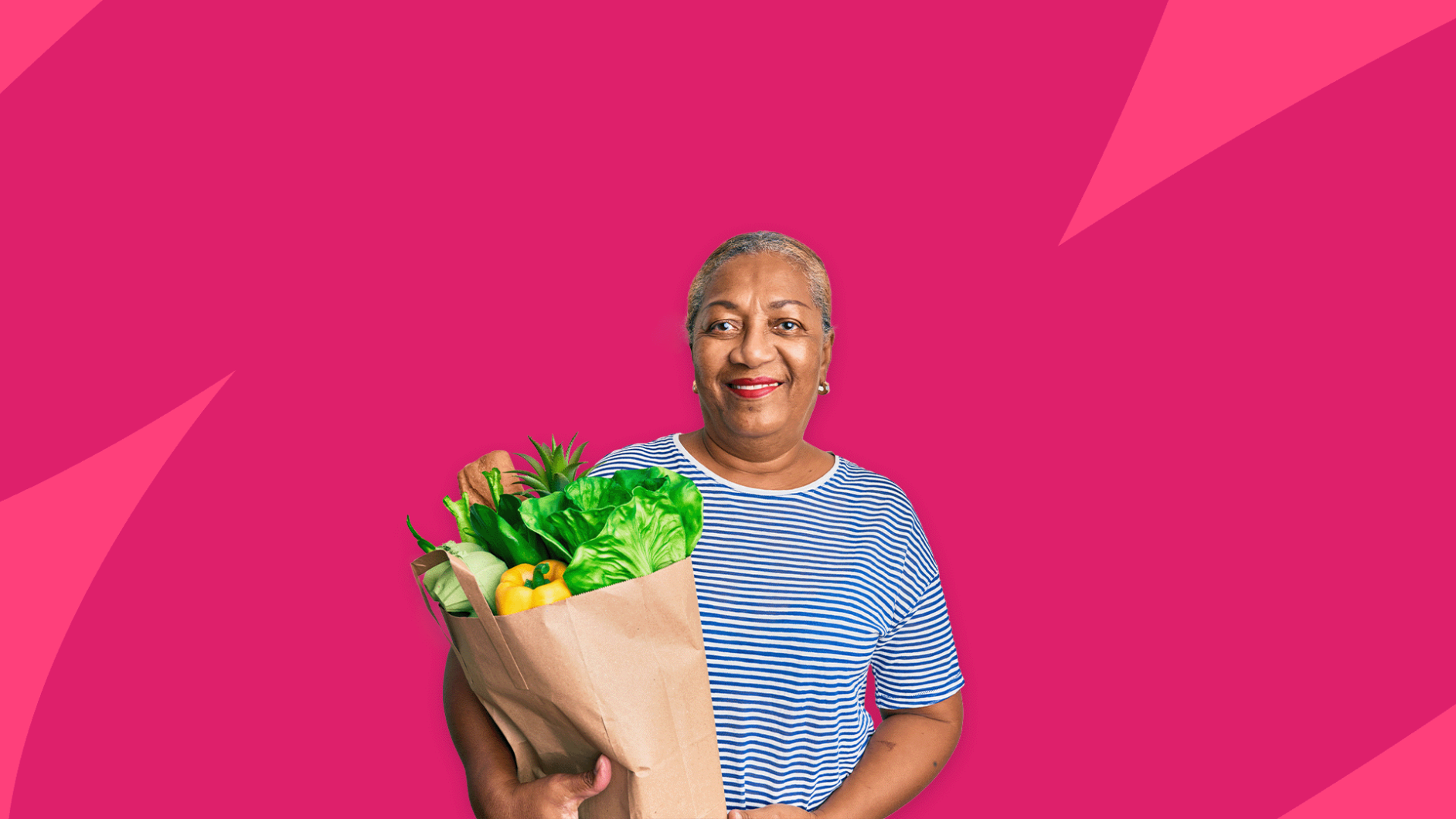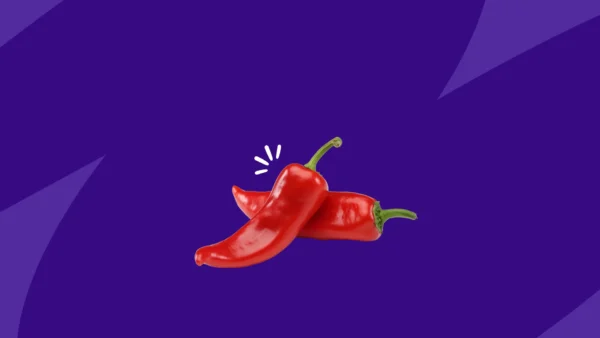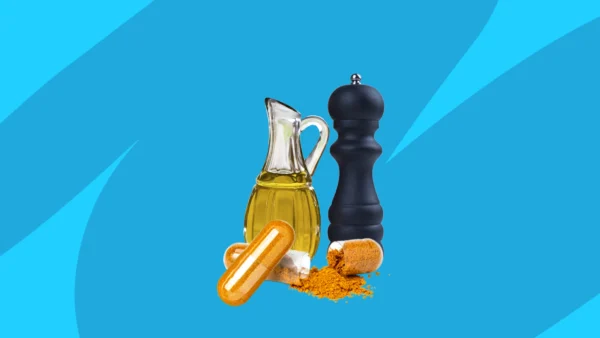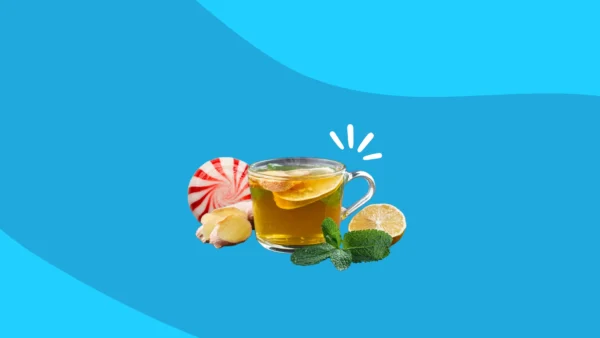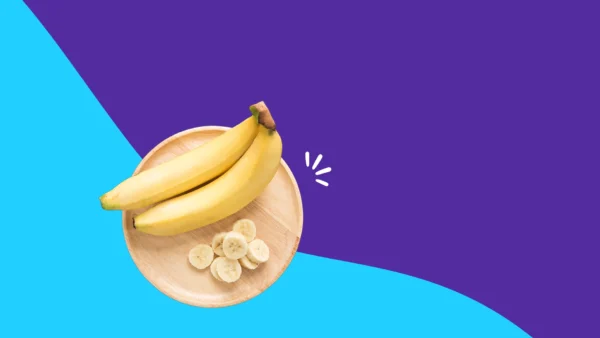Insulin resistance is a metabolic disorder that negatively affects your health, making your body less sensitive to insulin. “It may lead to conditions like obesity, high blood pressure, high cholesterol, and Type 2 diabetes,” says Alyssa Wilson, RDN, a health coach for Signos.
Typically, when you eat, your body breaks food down into glucose, which signals to the pancreas that it’s time to release insulin. With the help of insulin, your body uses the glucose as energy or directs it into your fat, liver, and muscle cells. Insulin resistance happens when your cells don’t respond to the insulin and can’t use the glucose from your blood for energy, says Wilson. That leads to increased glucose in your bloodstream. Consistently high blood sugar levels can lead to prediabetes and, eventually, Type 2 diabetes. But with an insulin resistance diet—and other treatments such as exercise and medication—you can reverse the condition.
RELATED: Your guide to reversing prediabetes
What is the best diet for insulin resistance?
There is no one-size-fits-all diet for controlling insulin resistance, says Wilson. But emphasizing whole, nutrient-dense foods that are low on the glycemic index (the value that’s used to measure how quickly a food causes blood sugar to rise) can help improve prediabetes and insulin resistance.
Often the advice around an insulin resistance diet is to cut out entire food groups, like carbohydrates. While you may see results initially, an approach like that isn’t sustainable or healthy. The key to reversing insulin resistance is to make changes you can stick with. If blood sugar levels return to normal, it does not mean “that a person can return to eating anything they want without the risk of the insulin resistance returning,” says Alice Williams, MD, a physician based in Las Vegas, Nevada.
That’s why it’s important to turn to an insulin resistance diet that can be maintained in the long term. Diets like the Mediterranean diet or DASH diet, that focus on moderation and whole foods can be easier to stick to than restrictive fad diets such as Paleo or keto. Additionally, “most people think of insulin resistance as a blood sugar problem, so they focus on dietary strategies to lower blood sugar levels only,” says Virginia-based dietitian Jill Weisenberger, MS, RDN. “But insulin resistance is closely related to heart disease and other metabolic problems, including high blood pressure, fatty liver, and chronic inflammation.” It’s crucial to look at the full picture when choosing foods to prevent related conditions, such as heart disease, stroke, and some types of cancer.
RELATED: What’s the best diabetes diet?
6 foods to lower insulin resistance
When working to reverse insulin resistance, incorporate these foods as part of a balanced, healthy diet plan.
1. Lean protein
It’s time to swap fattier meats for lean proteins like chicken, turkey, fish, and shellfish. One study found that, when a high-protein diet was combined with exercise, insulin sensitivity was improved, while fat mass, glucose tolerance, and inflammation was decreased. On top of that, if you choose fatty fish, such as salmon, cod, or sardines, the omega-3 fatty acids it contains can counteract insulin resistance.
2. Whole grains
Wilson recommends grains like barley, sprouted grain bread, oats, rye, quinoa, and millet because they’re low on the glycemic index. Whole grains have also been found to reduce the risk of developing diabetes and heart disease and are associated with increased insulin sensitivity. One study found that, even after adjusting for demographics and things like smoking and a family history of diabetes, eating more whole grains was associated with less insulin resistance.
3. Beans and legumes
If you’re a fan of beans, good news: They’re part of an insulin resistance diet. These powerful little foods are slow to raise blood sugar, which is just what you want if you’re trying to improve insulin sensitivity. Soybeans and chickpeas help improve insulin resistance, while another study found that beans, chickpeas, and lentils helped people with Type 2 diabetes improve their glycemic control (keeping their average fasting glucose levels at a recommended level).
4. Non-starchy vegetables
While generally all veggies are good for you, if you’re following an insulin resistance diet you’ll want to opt for low carb vegetables that are lower on the glycemic index. Starchy veggies like potatoes, corn, and carrots are higher in carbohydrates and can cause blood sugar levels to rise quickly. Don’t use this as an excuse to skip your veggies!
Non-starchy vegetables like asparagus, green beans, leafy greens, peppers, eggplant, cauliflower, and mushrooms are lower in carbohydrates, says Wilson. And, even when eaten in small quantities, have been associated with increasing insulin sensitivity and reducing risk factors for Type 2 diabetes.
5. Fruit
You might think you need to avoid fruit, since high-sugar fruit juices are known to wreak havoc on your blood sugar. However, high-fiber foods, such as fruits including bananas, berries, kiwis, peaches, pears, and apples, are a vital part of an insulin resistance diet. A meta-analysis of 22 studies found that diets high in fiber improve glycemic control and insulin sensitivity.
6. Healthy fats
You don’t have to give up fats in an insulin resistance diet. And, you should be wary of the siren song of low-fat packaged foods. These can be full of additives like salt, sugar, and fillers to add flavor. Rather, consume monounsaturated fats—like avocado and avocado oil, olive oil, nuts, and seeds—to actually improve sensitivity to insulin.
6 foods to avoid for insulin resistance
What foods are on the chopping block if you’re trying to improve insulin resistance? You should strive to reduce or eliminate these foods from your daily meal plan.
1. Sweetened drinks
Weisenberger was blunt: “If I could choose just one thing for people to eliminate, it would be sugary drinks like regular sodas, lemonade, fruit punch, sweet teas, and fancy coffee drinks,” she says. “They are horrible for our health and are linked to increased risks of prediabetes and Type 2 diabetes.”
Studies show that people up their sugary drink level—even if the drinks are made with natural sugars—increase their risk of diabetes.
2. Refined grains
Refined grains include foods like white bread, white rice, and cereals. For people with insulin resistance, the issue is that these foods cause blood sugar to spike then crash, while whole-grain foods take longer to digest, resisting the sugar rollercoaster. One study of an Indian population with high-carb diets found that a higher intake of refined grains saw higher levels of insulin resistance.
3. Artificial and processed sugars
Did you know that these are often found in foods like gum and candy, and packaged sauces, marinades, and salad dressings? While you know artificial sugar isn’t real, your body can’t tell the difference. When you eat these foods, your pancreas releases insulin, just as it would for regular sugar, and eventually leads to insulin resistance.
4. Saturated and trans fats
Foods high in these fats have been found to negatively impact insulin sensitivity. Saturated fats are found in butter, cakes, and processed meats—like sausages and bacon—while trans fats are often hiding in frozen foods, microwave popcorn, shortening, and store-bought baked foods, like cakes, pies, and cookies. Instead of cutting out sweet treats altogether, you may want to try your hand at making homemade, healthier alternatives.
5. Alcohol
This is an interesting one, because doctors often say that moderate alcohol consumption can help improve insulin sensitivity. However, if you’re knocking back a few drinks in a row, alcohol’s protective qualities might not work, as one study done on mice found that binge drinking induced insulin resistance. Another thing to keep in mind Is that while alcohol on its own might not affect insulin sensitivity, the food you chow down on while drinking—or the morning after—could negatively impact your insulin resistance diet.
RELATED: Is it safe to combine alcohol and insulin?
6. Dairy products
Some research has found an association between high dairy intake and insulin resistance. While you don’t need to completely eliminate foods like milk, cheese, and yogurt from your diet, it’s best to eat them in moderation. Additionally, try to choose options such as 1% or 2% milk, part-skim mozzarella cheese, or low-sugar yogurts.
Other ways to keep insulin resistance under control
“If a person has any symptoms or signs of Type 2 diabetes, then it would be a good idea for them to see their doctor,” says Dr. Williams. Symptoms or signs of Type 2 diabetes include:
- Frequent urination
- Increased feelings of hunger or thirst
- Blurred vision
- Weight loss that is unintended
- Sores that aren’t healing
- Tingling or numbness in the feet or hands
Aside from following an insulin resistance diet, there are other things you can do to improve insulin sensitivity.
Physical activity
Healthy lifestyle changes like exercise are proven to help improve insulin resistance, when combined with a healthy diet. On top of helping balance blood sugar, working out can help reduce body weight, which also has beneficial effects.
Weight management
Obesity and belly fat are two risk factors for insulin resistance. Getting to a healthy weight can help to improve insulin sensitivity. If you’re not sure what you should weigh, your healthcare provider can help you to set goals. You may even be eligible for nutrition therapy with a professional nutritionist through insurance and Medicare.
RELATED: Does diabetes cause weight gain or weight loss?
Medication
While there are no specific medications for insulin resistance, some common medications used to manage it include:
Most medications should be taken with meals (unless otherwise specified by your provider), but it is important to be careful what foods you are eating around mealtimes. Some things to avoid or limit when taking Metformin include grapefruit, grapefruit juice, guar gum, and herbs like ginseng, psyllium, fenugreek, and licorice.
RELATED: Foods to avoid with Trulicity
If you’re taking Metformin, you should also try and limit your alcohol intake as much as possible. “It can increase the risk of developing a rare but serious condition called lactic acidosis, which is a buildup of lactic acid in the blood,” says Wilson. “While it’s more likely to occur in people with kidney, liver, or heart disease, it’s better not to risk it. Alcohol can also impact blood glucose levels, which can be dangerous for people with insulin resistance.”



